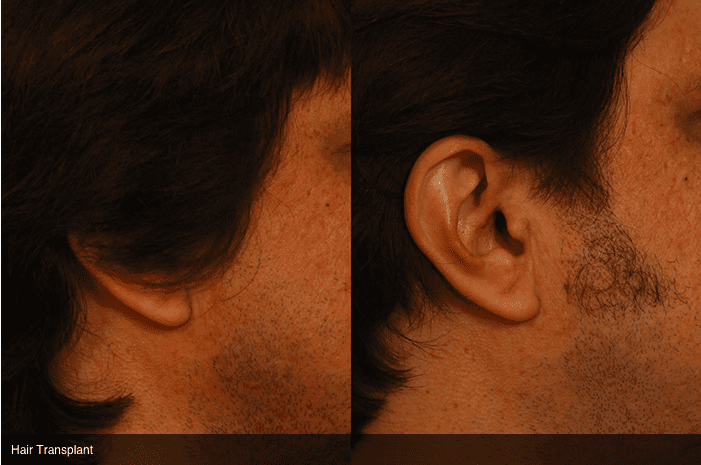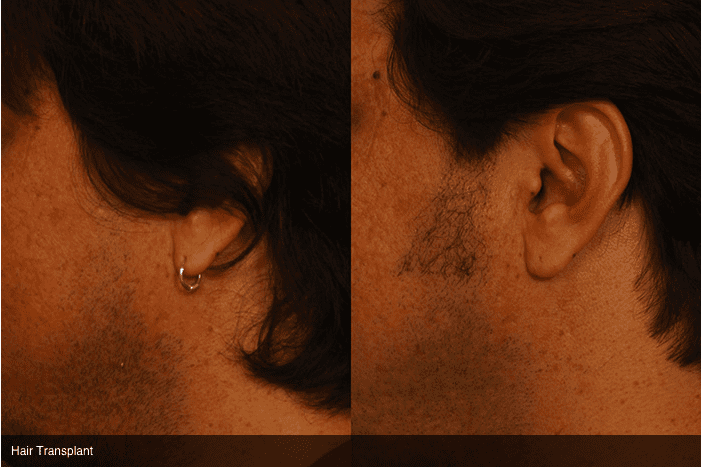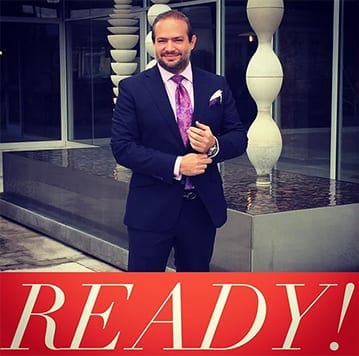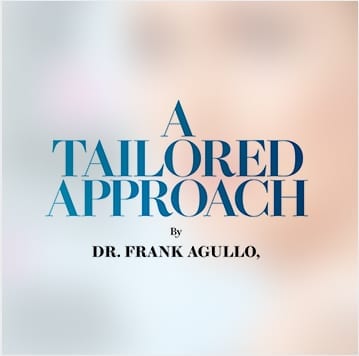Facial hair transplant is an increasingly popular procedure. A beard is one the distinguishing features of a man and the science of hair transplant lends itself pretty well to the masculinity. Beard transplants are usually done to cover scarring or patches of thin or no hair on the beards, mustaches, or sideburns.
Reasons for Beard Transplants
A lot of men consider facial hair including beards, sideburns, and mustaches to be fashion statements. In some areas facial hair has strong religious and social relevance. If they find their facial hair to be too thin or spotty, they go for a facial hair transplant to get a fuller, richer beard. Men with small chins may use their enhanced beard to improve their facial features. On the other hand, a beard transplant is also great at covering acne scars or de-emphasizing some other facial feature.
All in all, the ability to grow a beard, mustache, or sideburns is invariably tied to masculinity. So if something hampers the natural beard growing process, a hair transplant gets the job done and restores the manly confidence.
The reasons for having facial hair restoration include:
- Genetic absence of hair
- Previous hair removal
- Burns
Scarring from surgery or accidents. Cleft lip repairs and many other types of scars can be successfully camouflaged with hair transplantation to the mustache or beard.
- Scarring alopecia
- Folliculitis
- Acne scarring
- The Procedure
- Number of Grafts
While hair is usually transplanted to the goatee and mustache areas, the cheeks and sideburns areas can also be the recipient sites. There can be as little as a few hundred grafts to thousands of them. Here is an estimate of the grafts depending on the facial area:
- Mustache: 350 to 500
- Goatee: 600 to 700
- Sideburns: 200 to 250 (each side)
- Cheek: 300 to 700 per cheek.
Most often, two procedures are performed one after the other for a thicker beard. Either FUE (follicular unit extraction) or FUT (follicular unit transplantation) can be used as harvest techniques for the grafts.
Donor Hair & Duration
Hair from back and sides of the scalp is usually used for the beard transplant as they match the facial hair most closely. Like in other hair transplants, the hair is permanent after being transplanted.
The procedure is painless and takes anywhere between 2 and 5 hours, performed under local anesthesia. You may have some soreness or numbness after the procedure which resolves over 5 to 10 days.
Maintaining the Natural Look
Dr. Agullo maintains the natural appearance by using usually one, or at times two, hair grafts at a time. The facial hair transplant specialist also uses microscopically dissected grafts to ensure they are planted accurately in the required direction and angle. Tiny incisions are also made to keep scars at a minimum. All this takes well-developed skills and experience.
After the Procedure

You can resume your normal life (without any strenuous work) from the day after the facial hair transplant. Give about 3 or 4 days for your face to look normal, without any signs to tell something was done. The transplanted hair will have tiny crusts around them for up to five days after the procedure during which time they should be kept completely dry. Within two weeks the transplanted hair will fall, and start re-growing in 3 months, after which they will continue to grow.
#HappyIsBeautiful
Schedule a risk-free evaluation with Dr. Frank Agullo today.




